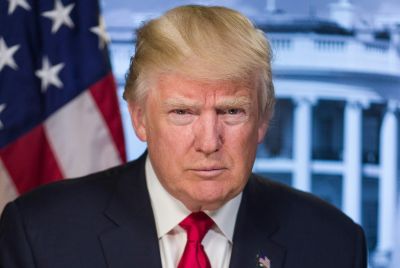Egyptian Sekhemka Statue: Trials and Tribulations of Northampton Museum Private Auction Row
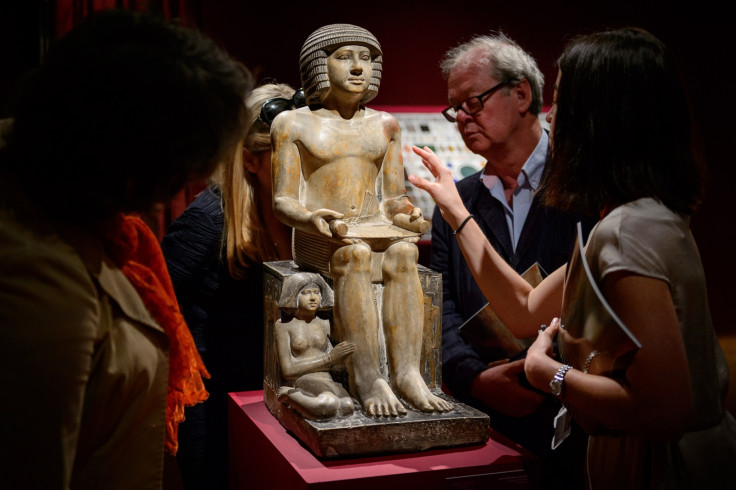
A two-year-long row to prevent Northampton Borough Council from privately selling a precious Egyptian statue has failed and Northampton Museum has now been barred from the British Museums Association for five years.
Northampton Borough Council sold the 4,500-year-old statue of Sekhemka the scribe at Christie's Auction House in London in July for £15.76m ($25.2m), creating a new world record for an ancient Egyptian artwork at auction.
The Northampton Sekhemka statue is made from limestone and depicts the scribe holding a partially unrolled papyrus on his knees, with his wife Sit-Merit shown sitting at his feet and depictions of Egyptians bearing offerings around the base of the statue.
It was presented to Northampton Museum in 1870 by the third Marquess of Northampton and was once the centrepiece of the museum, before it was put into storage for the last four years.
According to council documents obtained by local activists Save Sekhemka Action Group, £8m of the profit will be retained by the local authority, with some of it being used to redevelop the museum, while the rest of the money (£6m) goes to the present Lord Northampton, who is already a multimillionaire.
Save Sekhemka
Locals campaigned for two years to prevent the Sekhemka statue from being sold, since the council first publicly announced its plans to sell it in 2012, spreading the word via protests, social media and online petitions.
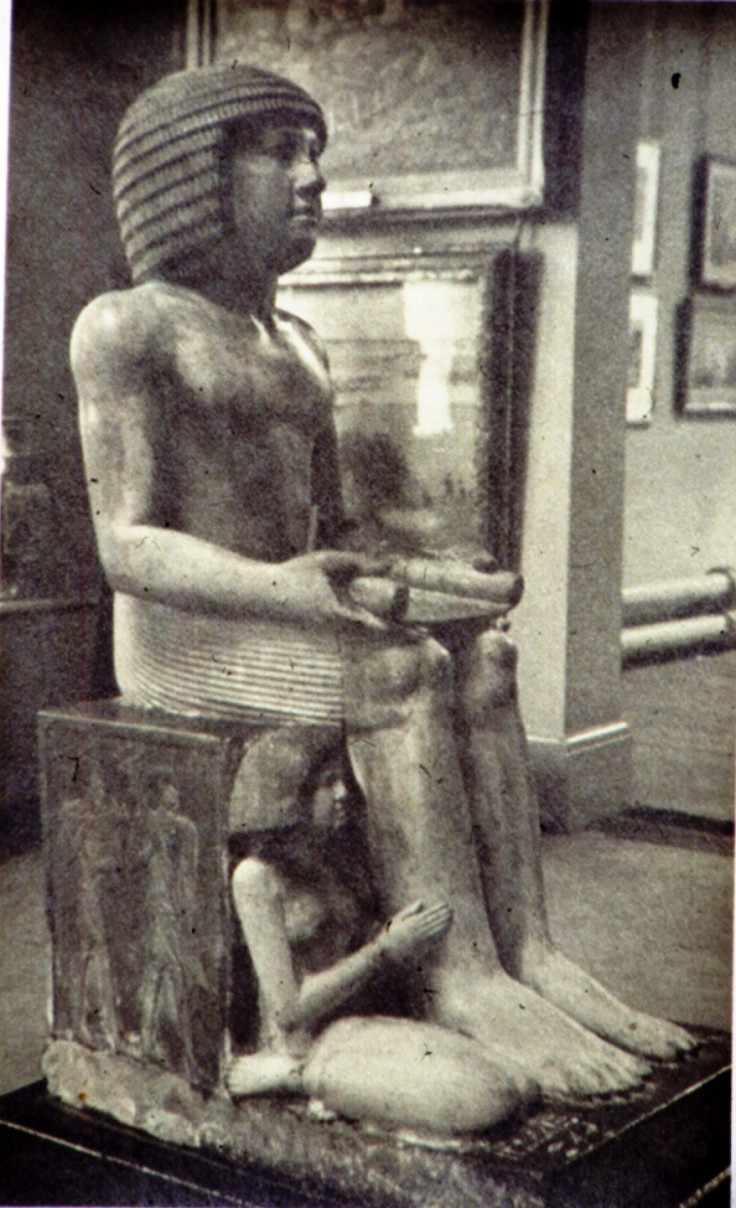
"We felt utterly betrayed that the people meant to be looking after this object on behalf of the community have behaved in such an unethical fashion," Save Sekhemka Action Group spokesperson Andy Brockman told IBTimes UK.
"The sale went ahead against the advice of all the professional associations involved and it's clear that the council always meant to monetise something that had been gifted to the community for over 100 years for the education and enjoyment for the community."
As part of its work to save the statue and promote Northampton's museums, the activists contacted the Egyptian Ministry of Antiquities, which eventually stepped in this year to try to block the sale of the statue by putting pressure on the auction house.
Antiquities Minister Mamdouh El-Damati denounced the sale and described Northampton Museum's actions as being incompatible with the values and role of museums worldwide, telling Egyptian newspaper Ahram Online museums were supposed to "spread culture" and not try to simply earn money.
Egypt has historically had a big problem with other countries exporting its national treasures and is especially angered by private sales, as this puts objects beyond their reach and makes it harder for them to be returned to the motherland.
Even famous graphic novelist Alan Moore, a Northampton native, joined in the protests and has said publicly he will never donate anything from his archive ever again to Northampton Council's museums and galleries, due to being unable to guarantee that they won't try to sell it.
Museums Association membership revoked
Now the Museums Association, which examined the case several times, has decided to ban Northampton Borough Council's membership for five years, due to its investigation finding that selling the statue was not a "last resort" to gain funding for museum redevelopment, as the local authority had claimed.
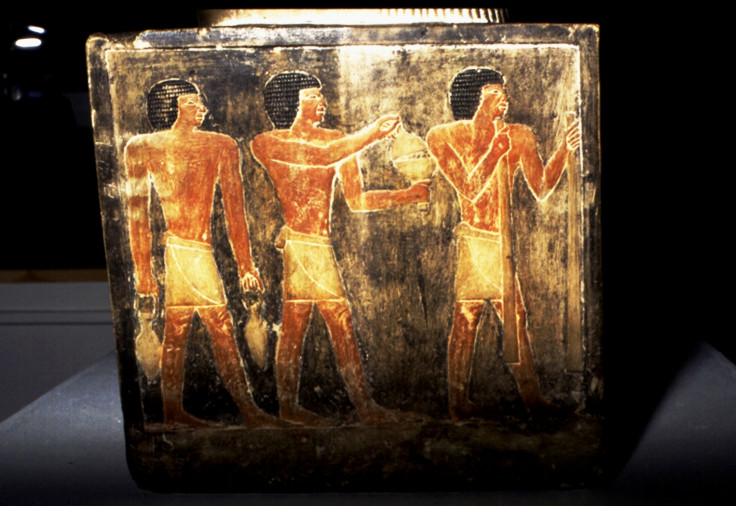
Yet the council itself is unrepentant.
"It is curious that the Museums' Association chose to review our membership when we had already notified them that we have resigned from the Association and have no desire to ever re-join. Having reviewed the value of membership we could not see what benefit it offered to our museums," a spokesperson for Northampton Borough Council told IBTimes UK.
"We are focusing on the future and our exciting plans to invest in improving both museums including the huge expansion of the Northampton Museum and Art Gallery rather than the odd bureaucracy of an organisation we no longer belong to."
The council refused to comment on the ethics of the sale and is refusing freedom of information requests about the auction, citing "commercial confidentiality".
Secret deal behind closed doors
However, Brockman tells another story, claiming a secret deal was struck between the council and the current Marquess of Northampton that resulted in the current division of profit, although on the official Christie's auction documents, only the council is listed as the main vendor for the statue.
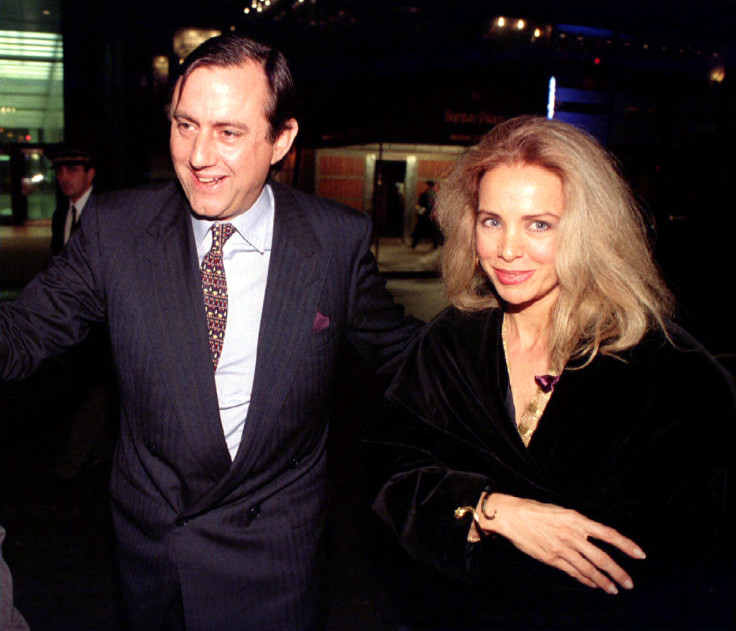
"The statue was gifted to the museum on the condition that it was displayed for free in perpetuity, otherwise, if it was taken off display, it would revert back to the Northampton family," said Brockman, an archaeologist and researcher specialising in ethical and heritage crime issues.
"But here is no paperwork to even prove that it was even exported legally from Egypt in the mid-19th century, and Egyptian antiquity export laws go quite far back. We believe the Marquess challenged the sale because he had proof it still belonged to the family, and this is the legal fix they came up with."
The activists believe all the money should be kept for the community but they said all hope was not yet lost.
"It's not a dead issue yet, we're still trying to find out more information into the background of the sale from Christie's and the council," said Brockman.
"When it comes to an application for an export licence, the action group and the Egyptian authorities will certainly contest it."
© Copyright IBTimes 2025. All rights reserved.


















